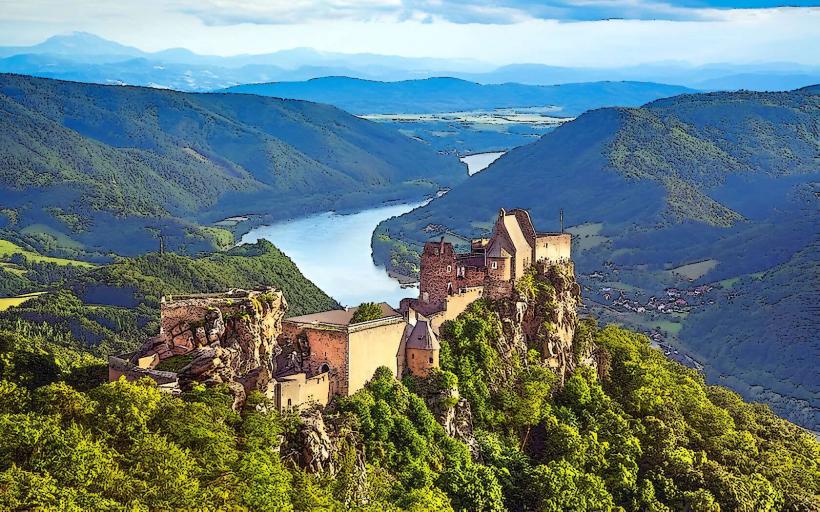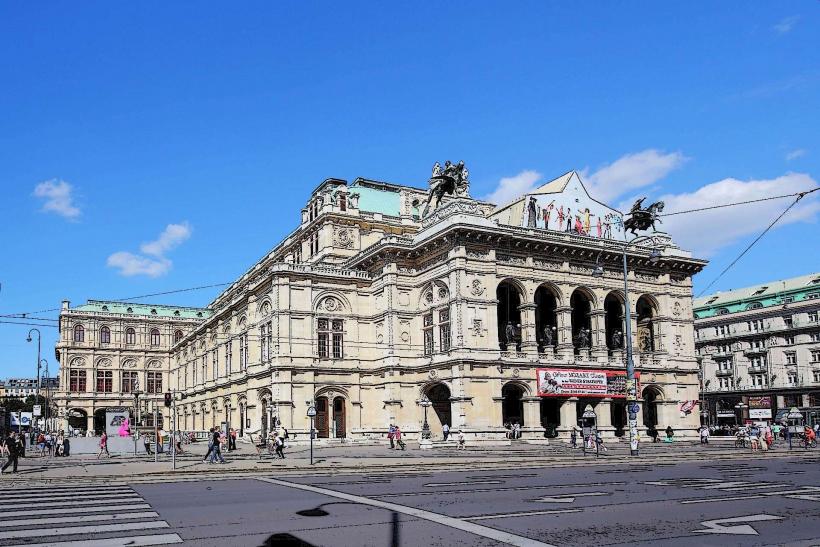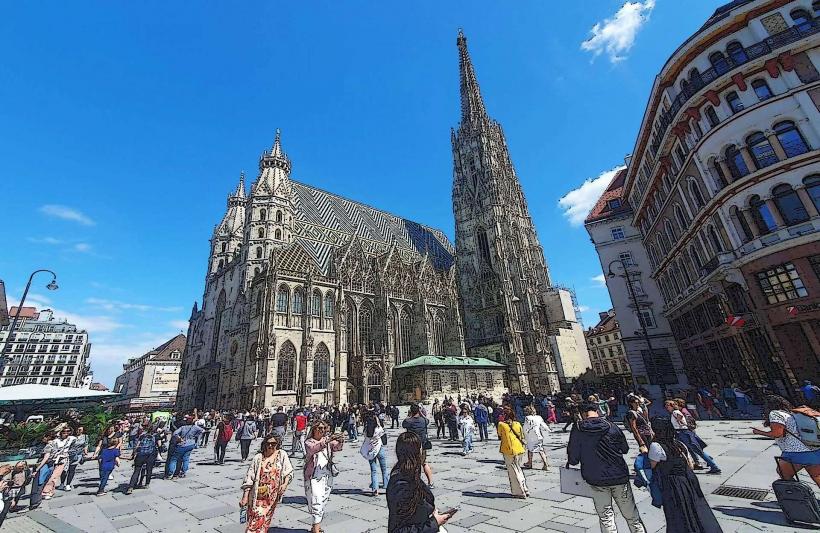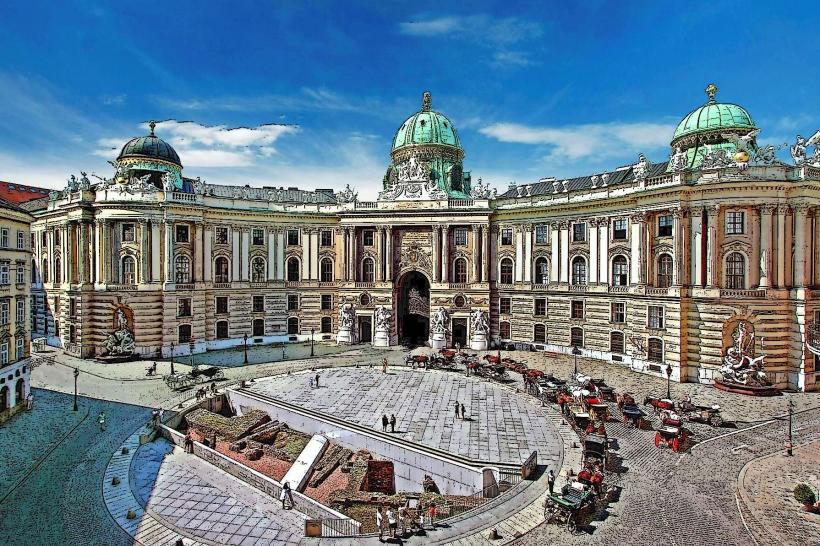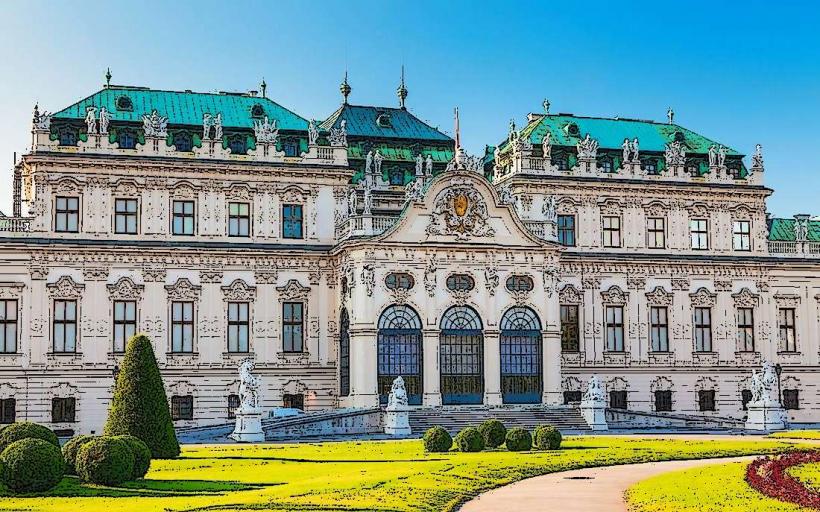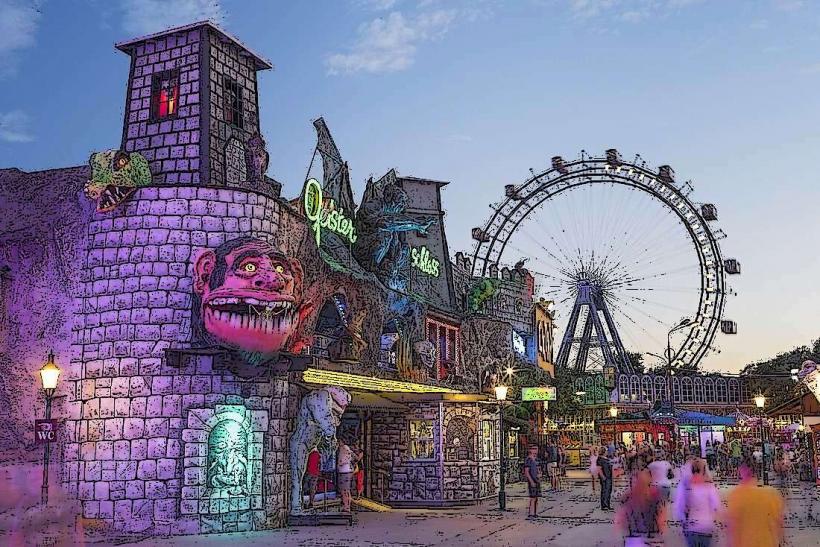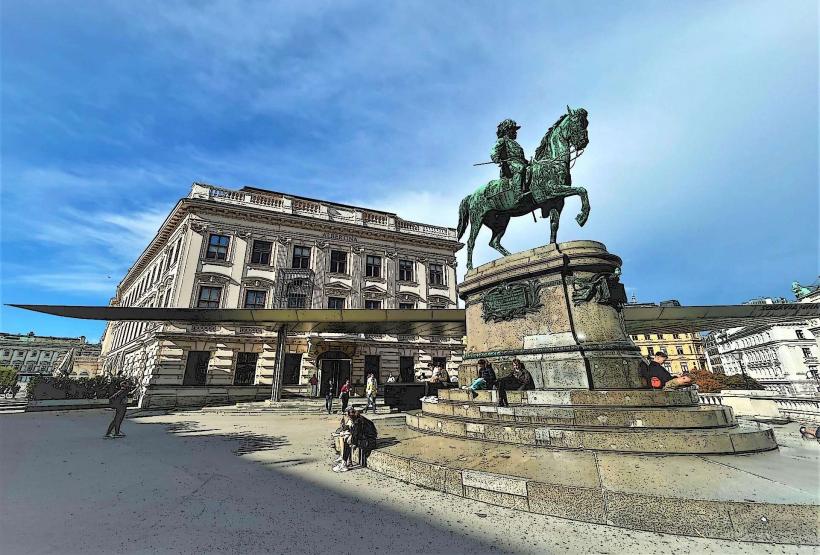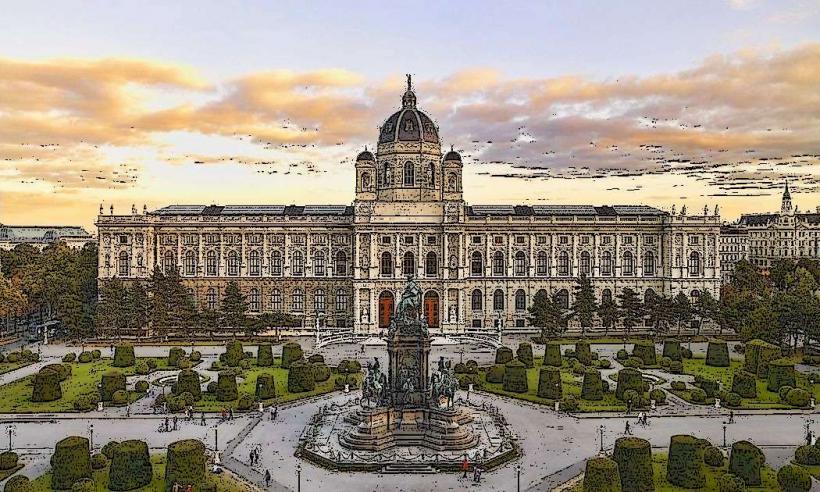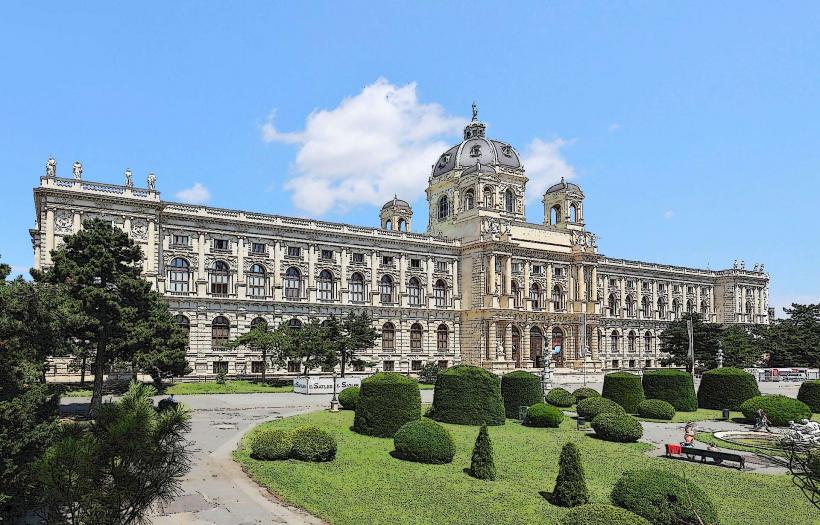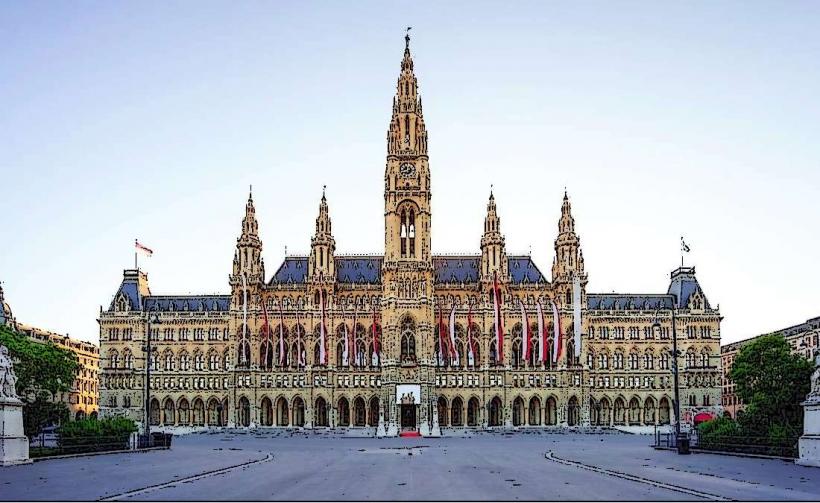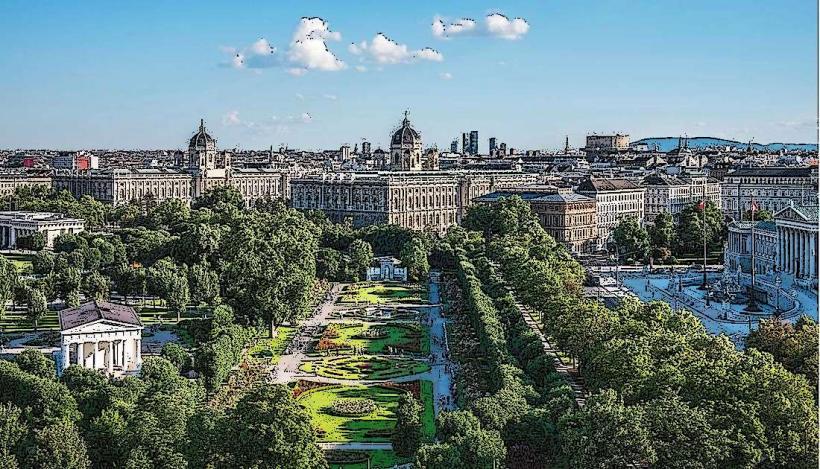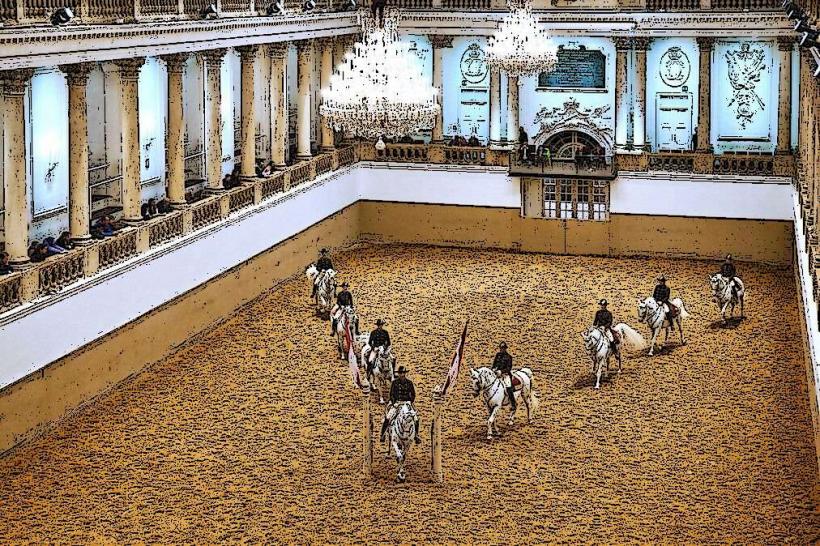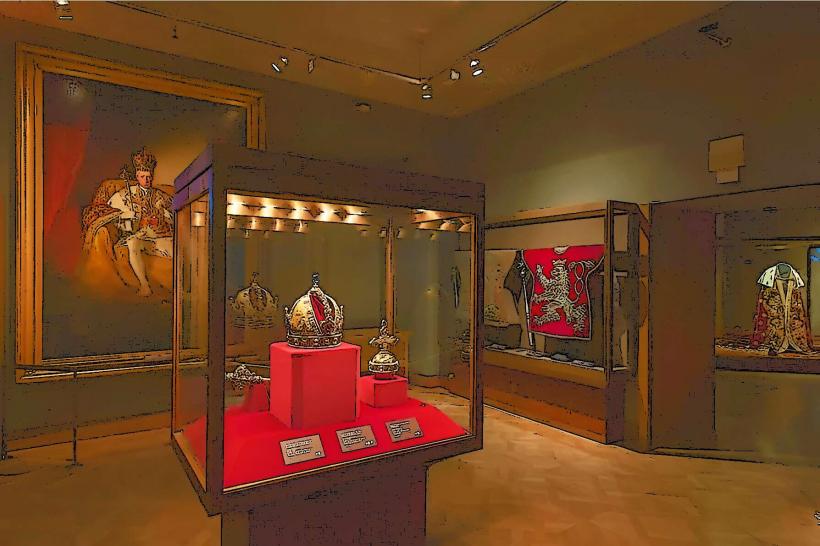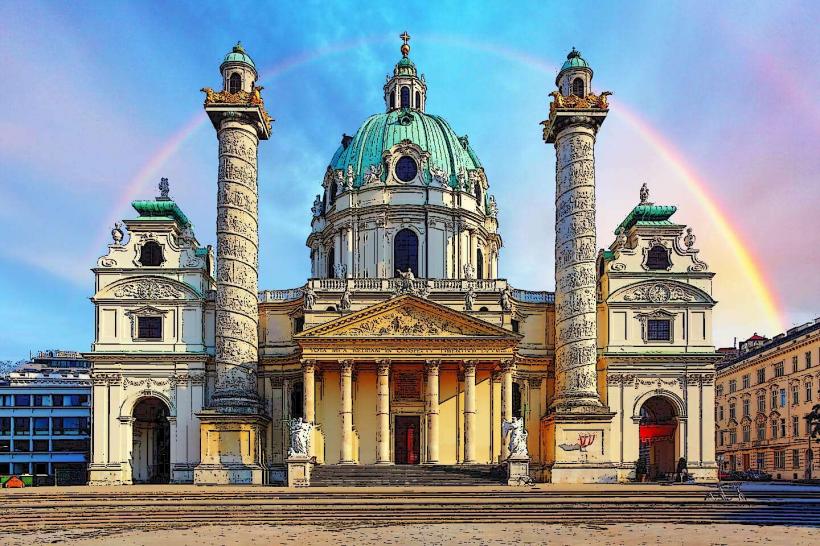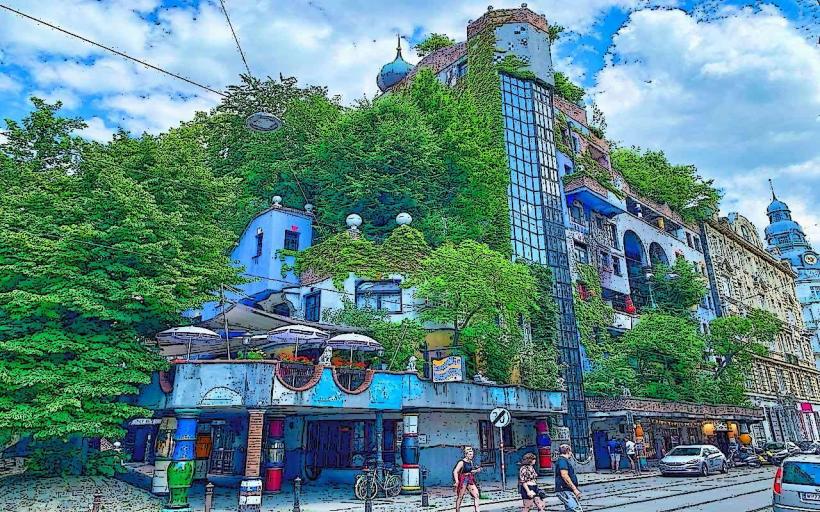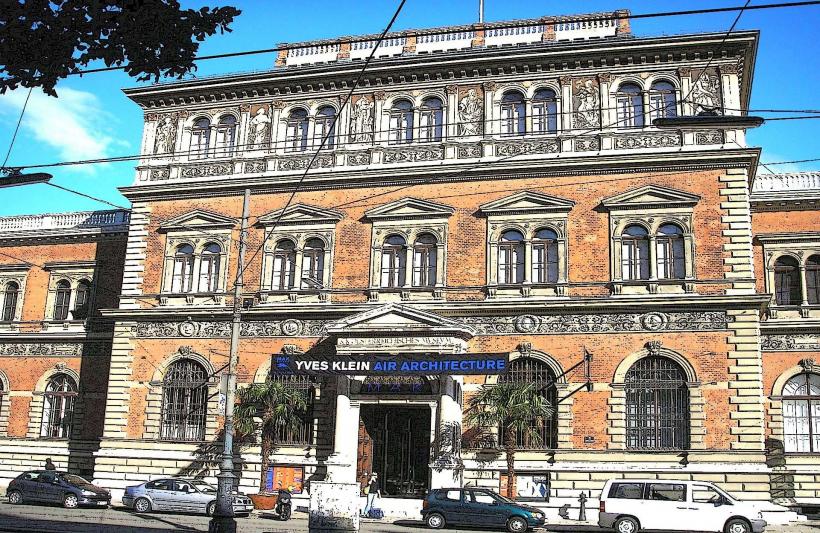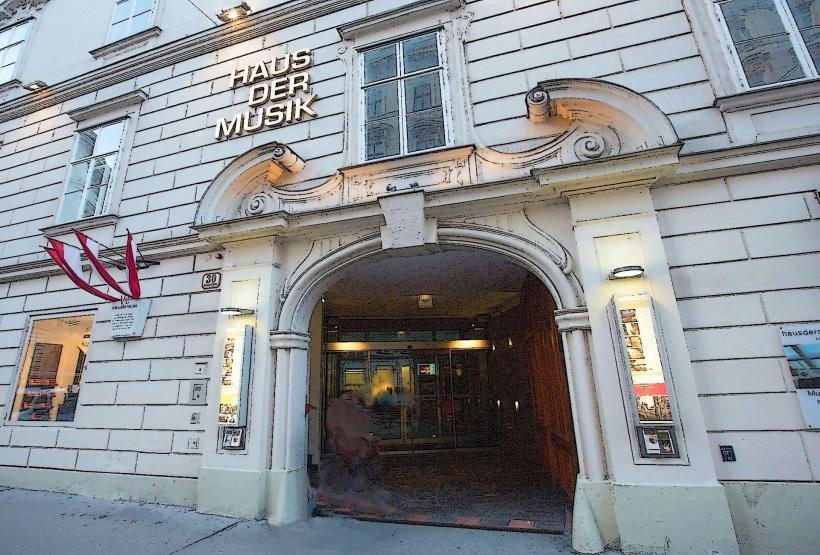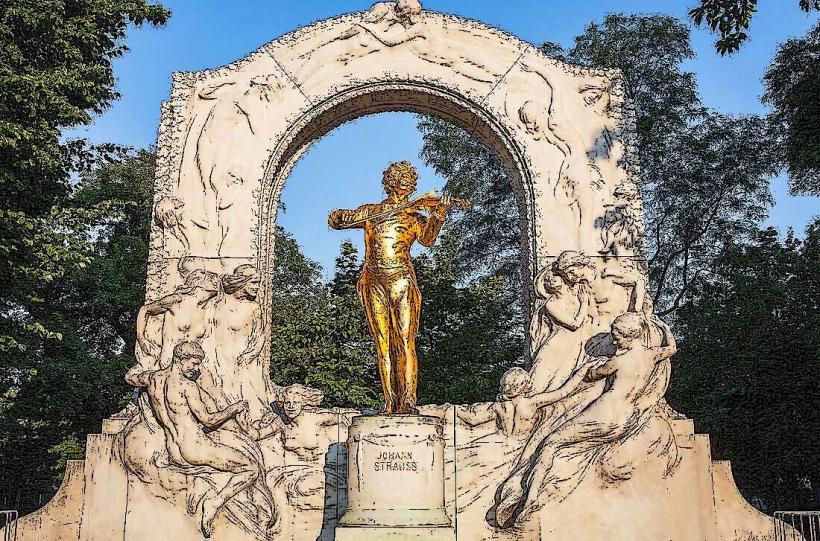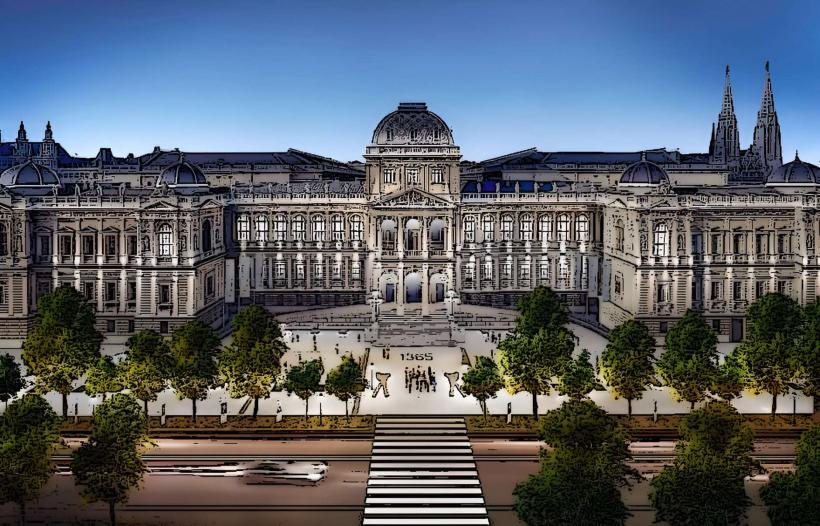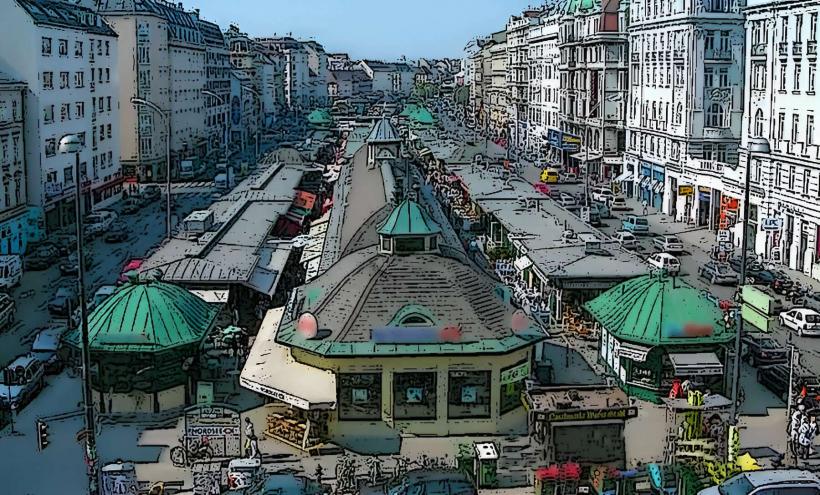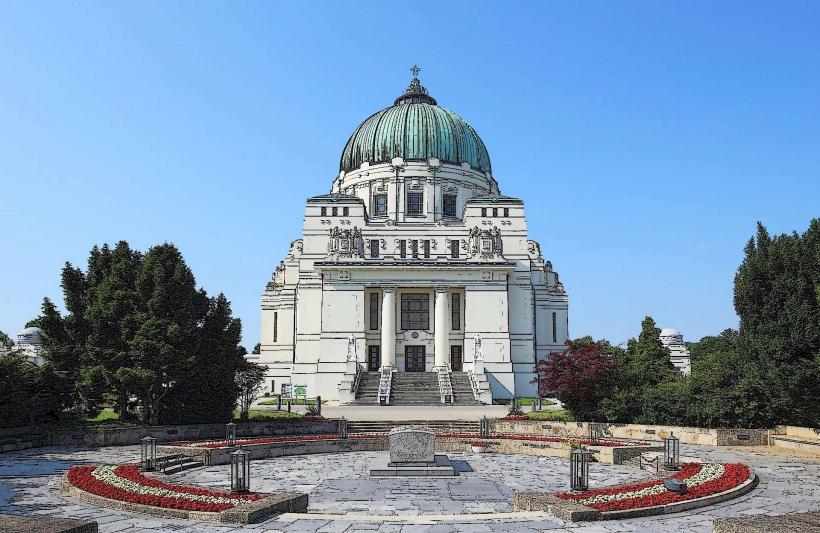Information
Landmark: Melk AbbeyCity: Vienna
Country: Austria
Continent: Europe
Melk Abbey (Stift Melk) is a stunning Benedictine monastery located in Melk, Austria, perched on a hill above the Danube River. The abbey is one of the most famous and impressive examples of baroque architecture in Austria and is a UNESCO World Heritage site. It has been a place of spiritual significance, learning, and cultural heritage for over 900 years.
Historical Background
Founding and Early History:
- The origins of Melk Abbey date back to the 11th century when it was founded in 1089 by Leopold II, the Margrave of Austria, as a Benedictine monastery. The abbey’s location was chosen due to its strategic position along the Danube, offering both religious and defensive benefits.
- Initially, the abbey was a fortified castle, but it quickly grew into a center of learning and religious practice. The monks who settled there were committed to the Benedictine principles of prayer, work, and study.
Expansion and Baroque Transformation:
- The monastery experienced significant growth and prosperity during the medieval period, but it was during the baroque era that Melk Abbey achieved its current grandeur.
- In the 17th and 18th centuries, under the patronage of the ruling Habsburg family, the abbey underwent an extensive baroque transformation. The famous architect Johann Bernhard Fischer von Erlach was responsible for the initial designs, and the abbey's magnificent baroque style was completed by Joseph Munggenast.
- The abbey became a significant center for art, culture, and education during the baroque period, housing a notable library, school, and artistic collections.
Modern History:
- Despite the turbulent history of the region, including the dissolution of many religious orders during the secularization of the early 19th century, Melk Abbey continued to thrive. The monks were able to maintain control of the abbey and its properties, and it remains a vibrant center of monastic life today.
- In the 20th century, Melk Abbey was modernized, and the monks continue to run a school, which remains an integral part of the abbey’s educational mission.
Architectural Features
Melk Abbey is renowned for its stunning baroque architecture, with its grand facade, magnificent interiors, and breathtaking views over the Danube.
Exterior Architecture:
- The abbey’s facade is a masterpiece of baroque design, characterized by dramatic curves, ornate detailing, and vibrant color schemes. The abbey’s structure is built with yellow stucco, giving it a bright and welcoming appearance.
- A prominent feature of the exterior is the Abbey Church, with its towering dome and expansive front steps leading up to the church’s entrance. The building’s grandeur reflects the influence of the Habsburgs and their desire to create a lasting symbol of Catholic power and culture in Austria.
The Abbey Church:
- The church is one of the most beautiful parts of the abbey. It is decorated with ornate frescoes, statuary, and gilded accents. The church is a key example of the baroque style, with expansive vaults, rich colors, and intricate designs that aim to inspire awe and reverence.
- The most notable feature inside the church is the frescoed ceiling depicting biblical scenes, particularly scenes of the life of St. Benedict. The frescoes were created by Johann Michael Rottmayr and Franz Anton Maulbertsch, two of the most renowned artists of the time.
- The church's altar is equally stunning, featuring a high altar surrounded by magnificent sculptures and decorative details.
The Library:
- One of the most famous features of Melk Abbey is its library, which houses over 100,000 volumes, including medieval manuscripts, early printed books, and historical texts. The library is a center for research and education, and its baroque reading room is one of the most beautiful in Europe.
- The library's ceiling frescoes and ornate woodwork enhance the sense of history and intellectual achievement. The collection is a testament to the abbey’s long-standing tradition of learning and scholarship.
The Abbey’s Gardens and Surroundings:
- The gardens surrounding Melk Abbey are meticulously maintained and provide stunning views of the Danube River and the Austrian countryside. The abbey’s terraces offer scenic spots where visitors can relax and enjoy the beauty of the landscape.
- The surrounding landscape is also home to vineyards that have been cultivated for centuries, producing wine that is still enjoyed today.
Cultural and Educational Role
Monastic Life:
- The Benedictine monks at Melk Abbey continue to live and work there, following the monastic traditions of prayer, work, and study. The abbey is an active religious community that upholds the values of hospitality, prayer, and education.
- The abbey has a deep spiritual life and is a place for retreats and reflection, attracting visitors who seek peace and contemplation in a historic setting.
Melk Abbey School:
- Melk Abbey School (Gymnasium) is a prestigious institution that has been running since the 18th century. The school offers a rigorous academic curriculum, with a strong focus on the humanities, classical languages, and science, continuing the tradition of education at the abbey.
- The school’s historic ties to the abbey and its mission of academic excellence make it one of Austria’s leading educational institutions. Students at the school benefit from the abbey’s rich cultural and intellectual heritage.
Tourism and Public Engagement:
- Melk Abbey is a popular tourist destination in Austria, attracting thousands of visitors annually. It offers guided tours that allow visitors to explore its rich history, art, and architecture.
- The abbey also hosts cultural events, including concerts, lectures, and exhibitions that showcase its history and collections. Visitors can explore the abbey’s treasures and learn about its role in Austrian and European history.
Visitor Experience
Guided Tours:
- Visitors can take guided tours of Melk Abbey, where knowledgeable guides provide detailed explanations of the abbey's history, architecture, and spiritual significance. The tours include visits to the abbey church, library, and museum, as well as the terraces and gardens that offer sweeping views of the Danube River.
- For those interested in specific topics, such as the baroque period or medieval manuscripts, specialized tours and events are available.
Museum and Art Collections:
- Melk Abbey houses a museum that displays a range of religious artifacts, art, and historic objects from the monastery's long history. The museum’s collections offer insights into the abbey’s cultural, religious, and intellectual life over the centuries.
Café and Shop:
- Visitors can enjoy a meal or a drink at the abbey’s café, which offers a relaxing environment with views of the gardens and surrounding landscape.
- The abbey’s shop offers books, religious items, and local products, including the famous Melk Abbey wine, which is produced from the monastery’s vineyards.
Conclusion
Melk Abbey is an awe-inspiring monument to religious devotion, artistic achievement, and intellectual pursuit. Its rich history, magnificent architecture, and vibrant cultural life make it one of Austria’s most significant historical and cultural landmarks. Whether for a spiritual retreat, a historical exploration, or an appreciation of baroque art and architecture, Melk Abbey offers a unique and enriching experience for visitors of all interests.

